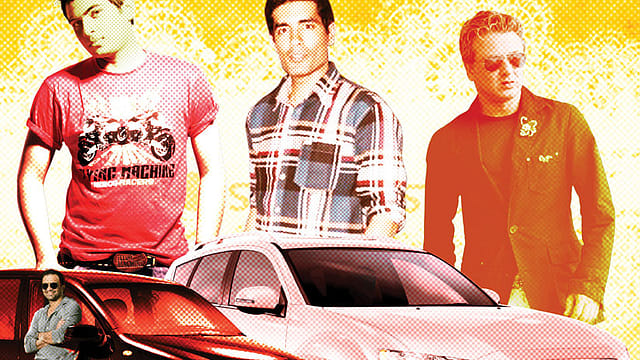Modelled differently
ADVERTISEMENT

THE ADVERTISING JINGLES HAVE a new pitch. Ask supercop Kiran Bedi, ethical hacker Ankit Fadia, or glamour photographer Atul Kasbekar.
For about a decade and a half now, there has been an overwhelming presence of celebrities in Indian advertising. Large brands such as Pepsi, Coke, Airtel, Reebok, and Hero Honda have used what is often called the “star quotient”. This has been restricted to cricketers and film stars. But of late, instances of companies looking at achievers in other professions have been on the ascent.
“The advantage of having a noncelebrity is that he brings a higher level of integrity to the brand. Besides, there is a certain level of fatigue that sets in when a celebrity endorses a brand,” says Harish Bijoor, CEO, Harish Bijoor Consults, a consulting firm. Also, these endorsers are rarely paid more than Rs 1 crore for a campaign— a fraction of what a Hrithik Roshan or an M.S. Dhoni gets.
A recent example is the 25-year-old Fadia (his first book on ethical hacking was published when he was 15), the brand ambassador for Flying Machine jeans. Fadia agrees that a lot of brands are looking beyond cricket and films. “In the case of Flying Machine, it’s all about being cool and the ability to stretch the limit. Hacking is an activity on the same lines,” he says.
Interestingly, Fadia replaced Abhishek Bachchan. For the brand, the objective now is to look at achievers. “We have signed on Michael Foley [the designer] as well. We identify talent and use our brand as the platform,” says Alok Dubey, vice president, Arvind Lifestyle Brands, the company that owns Flying Machine.
December 2025
The annual Fortune 500 India list, the definitive compendium of corporate performance, is out. This year, the cumulative revenue of the Fortune 500 India companies has breached $2 trillion for the first time. Plus, find out which are the Best B-schools in India.
Other noncelebrity campaigns include fashion designer Rohit Bal endorsing Hindustan Motors’ Mitsubishi Outlander 2010, Kiran Bedi and fashion designer Manish Malhotra for Ariel detergent, and Kasbekar for Mahindra’s Xylo.
Kasbekar was taken by the fact that his endorsement would be a personal statement on the lines of the communication for the Volkswagen van in the ’60s and ’70s. “That really impressed me. Besides, Mahindra & Mahindra said the new campaign was conceived with me in mind,” he says. This was a change from the earlier “Time of My Life” Xylo campaign.
Importantly, Bijoor says a celebrity is used when the brand is looking for salience in the market. “Here the celebrity is often portrayed as a celebrity. The noncelebrity comes much later in the advertising evolutionary cycle in India,” he adds.
For now, the celebrities have some serious competition. The game for the Indian consumer’s attention promises to be even more interesting.
